#history of jewellery
Explore tagged Tumblr posts
Text
" Moroccan handicrafts are highly prized in the global market due to their superior quality, originality and authenticity, testifying to the expertise of Moroccan artisans. "
—Stanford Graduate School of Business Research

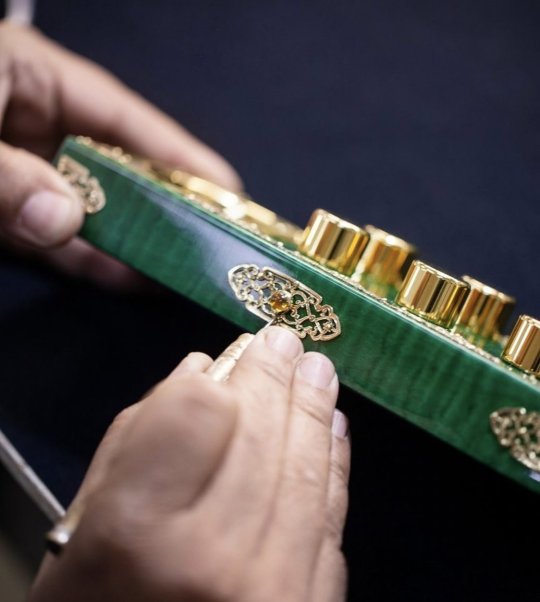

#morocco#moroccan culture#moroccan art#moroccan pattern#moroccan mencraft#moroccan craftsman#moroccan craftsmanship#moroccan aesthetic#moroccan beauty#moroccan women#moroccan jewellery#history of jewellery#craftmanship#craftsman design#moroccan#moorish#moors#africa#north africa#moroccan men#moroccan history#moroccan architecture#moroccan designers#jewellery#jewel
5 notes
·
View notes
Text

Memento Mori Finger Ring, black enamel and gold, 17th Century
From the London Museum
#memento mori#ring#jewellery#fashion#fashion history#skeleton#enamel#gold#17th century#history#1600s
19K notes
·
View notes
Text
HISTORY OF AUSTRALIAN ART AND JEWELLERY

The History of Jewellery shows how classics have always intrigued and fascinated humans. Humans have always been drawn to the past and to the rich stories that come with it. The folklores and stories from the past come alive with ancient art, which also bring with them the desires and dreams of ancient times. Read Full Blog
0 notes
Text

Carnelian frog amulet, Egypt, 18th Dynasty, 1540-1296 BC
from The Cleveland Museum of Art
6K notes
·
View notes
Text
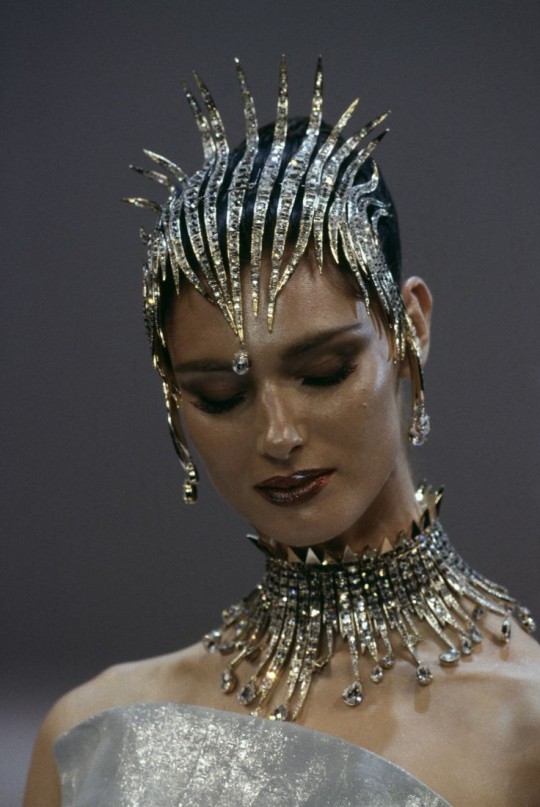

Headpieces by Thierry Mugler
#fashion#high fashion#hautefashion#haute couture#thierry mugler#vintage mugler#insane#art#headpiece#incredibly beautiful#iconic#vogue#runway#90s supermodels#90s fashion#90s runway#impeccable#obsessed#couture#accessories#jewellery#mugler#fashionable#fashion history#historic#history of fashion#design
11K notes
·
View notes
Text

A Byzantine Gold Collier with Emeralds, Sapphires, Amethysts and Pearls, from a workshop in Constantinople (late 6th-7th Century AD).
#byzantine history#byzantine art#byzantine#gold jewelry#antique jewelry#antique#gold#gold necklace#necklace#constantinople#toya's tales#style#toyastales#toyas tales#fashion#art#clothing#november#fall#artifact#antiquities#art history#jewelry#jewellery#jewelry history#world history#emeralds#amythest#sapphire#pearls
5K notes
·
View notes
Text

Rat coin purse designed by Paul Frey for the renowned Lacloche Freres jewelers and was popular in the early 1900s. It is part of the French Art Deco movement and is made of brass and a small ruby.
6K notes
·
View notes
Text

19th Century Articulated Crab Brooch set with a Garnet & Diamonds
#brooch#crab#jewelry#fashion history#historical fashion#history of fashion#19th century#antique jewellery#antique jewelry#vintage jewelry#frostedmagnolias
1K notes
·
View notes
Text










Ancient Egyptian Jewellery, Lapis Lazuli Amulets
From left to right: 1 Frog Amulet 664–332 B.C. 2 Heart Amulet 664–334 BCE 3 Lion and Bull Amulet 522–343 B.C. 4 Cat Amulet 1550–1295 B.C. 5 Ba Amulet 664–332 B.C. 6 Lion Amulet 1550–1295 B.C. 7 Fish Amulet 1550–1295 B.C. 8 Female Sphinx Amulet 1981–1550 B.C. 9 Harpokrates Amulet ? 1850–1640 B.C. 10 Falcon Amulet 664–332 B.C.
#ancient history#antiquity#ancient civilizations#ancient art#jewelry#lapis lazuli#history#antiquities#jewellery#ancient egypt#antiques#ancient jewelry#pendant#egyptology#egypt#ancientegyptianjewellery#amulet#collections#archiveofmyown#archaeology#artefact
825 notes
·
View notes
Text
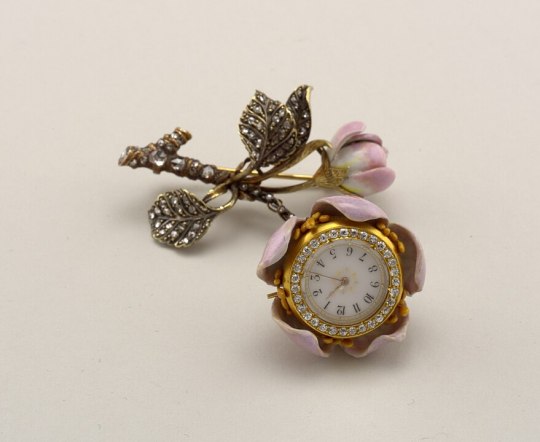
Lapel watch, USA, c. 1889, Cooper–Hewitt, Smithsonian Design Museum
#!!!! god this fucks!#vintage jewellery#vintage watches#timepieces#watches#historical fashion#fashion history#19th century fashion#19th century#victorian era#my post
3K notes
·
View notes
Text

Brooch (the so-called "Hanney brooch") of Anglo-Saxon (Kentish) manufacture, decorated with garnets set in bosses of a white material, perhaps shell. Made in the 7th century, the brooch was found in the grave of a woman between 20 and 25 years of age and would have been worn on her left shoulder. From Oxfordshire, England, UK; now in the British Museum. Photo credit: Ian R. Cartwright/The Portable Antiquities Scheme/The Trustees of the British Museum.
#art#art history#Dark Ages#Anglo-Saxon#Anglo-Saxon art#Anglo-Saxon England#artifacts#artefacts#jewelry#jewellery#brooch#7th century art#British Museum
591 notes
·
View notes
Text


Necklace worn by Executioner
Executioner's chain of office, 19th century, Africa
From the Science Museum of London / jstor
#jewelry document#jewellery#jewelry research#jewelry history#19th century#chain of office#african jewelry#history
929 notes
·
View notes
Text

Gold and Diamond Ring, English, 17th Century
From the National Museum of Scotland
#ring#jewellery#gold#diamond#skull#skull and crossbones#fashion#fashion history#accessory#17th century#1600s#history
1K notes
·
View notes
Text
JEWELLERY HISTORY: WHAT YOU NEED TO KNOW

The history of Jewellery can be traced back to times when people used it as a tool to protect themselves from wild animals and wore it all the time. They also wore it as a part of superstition, to ward of any evil. It served many more practical purposes in ancient times. Read Full Blog
0 notes
Text

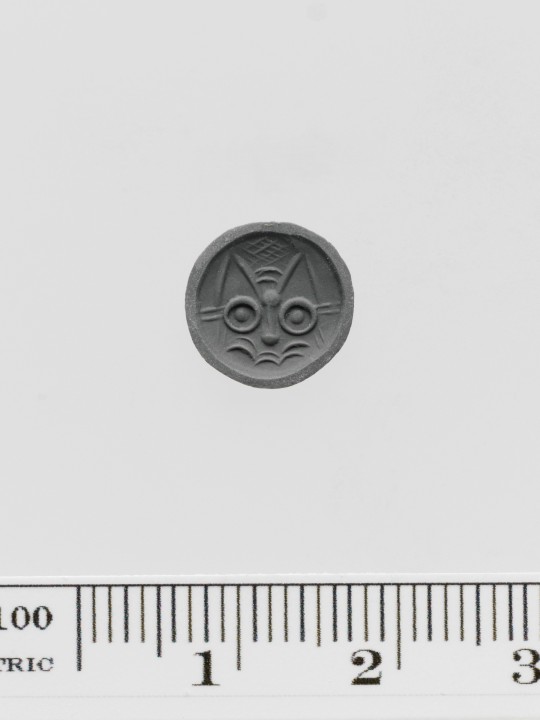
Carnelian stamp seal featuring a kitty, Minoan, 1900-1600 BC
from The Metropolitan Museum of Art
15K notes
·
View notes
Text
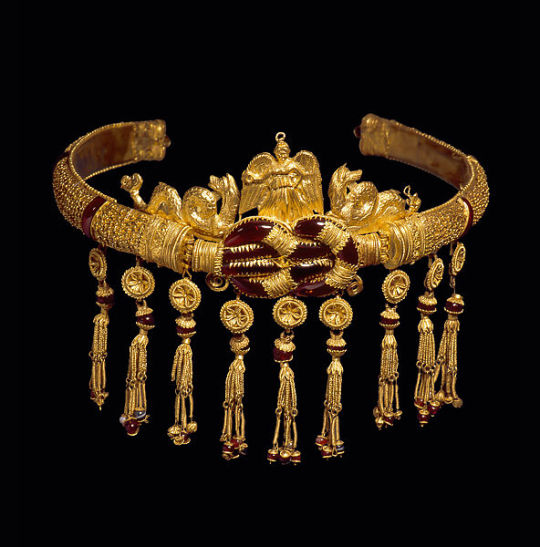
Greek Gold diadem with Hercules knot (250–150 BCE),
Gold, garnet, carnelian, sardonyx
3×9 1/8 in. (7.6 × 23.1 cm).
On loan to the Metropolitan Museum.
#greek art#ancient artifacts#ancient art#antiquities#antiquity#jewellery#archeology#met museum#art history#history#garnet#carnelian#sardonyx#heracles#hercules
3K notes
·
View notes